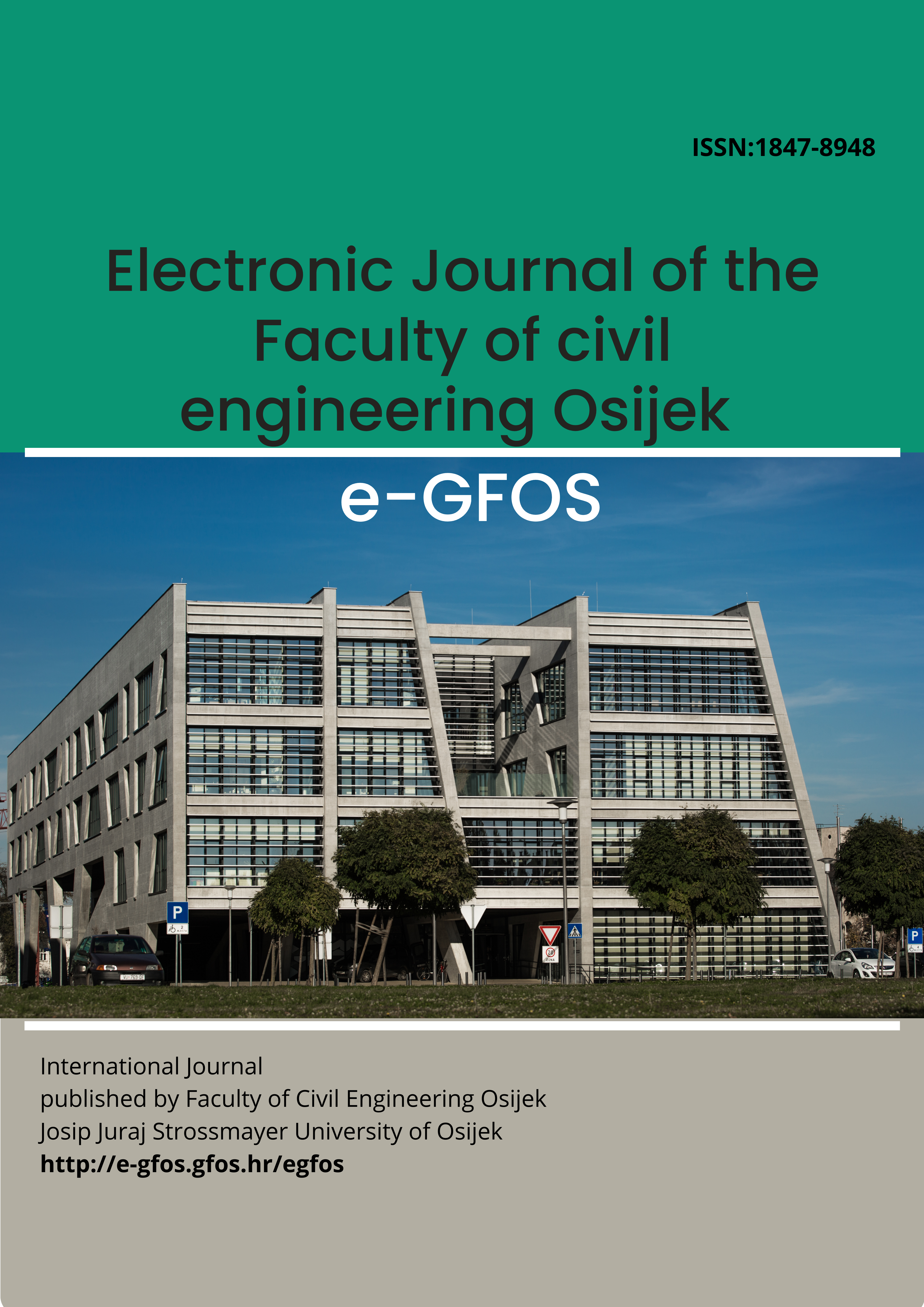EFFICIENT MONITORING OF VARIATION IN THE PARAMETERS OF DRINKING AND WASTEWATER QUALITY USING SPATIAL DATABASE AND APPLICATION OF RAPS
Keywords:
drinking water; wastewater; quality; spatial database; GIS; RAPSAbstract
Currently, most communal utility management companies continually and automatically follow the changing trends in the drinking and wastewater quality (DWWQ) within their area of activity. Different control systems and applications are used for this purpose. Efficient monitoring of DWWQ should also include the analysis of water-quality parameters, such as the range of changes and trends. The method of Rescaled Adjusted Partial Sums (RAPS) is very suitable for the visualization and determination of the readily apparent features, which may be hidden from the common time-series plots of values. This paper presents different approaches for the tracking and analysis of the DWWQ parameters using a combination of the open-source spatial database, PostgreSQL, and the open-source GIS software. The proposed approach has not yet been used in the management of communal utilities. The main advantages of this modern system are the use of open-source programs and the high efficiency of water-quality monitoring with large datasets. However, the application of this system would require further training of employees in communal utility companies. The analysis results were all obtained for real locations.

